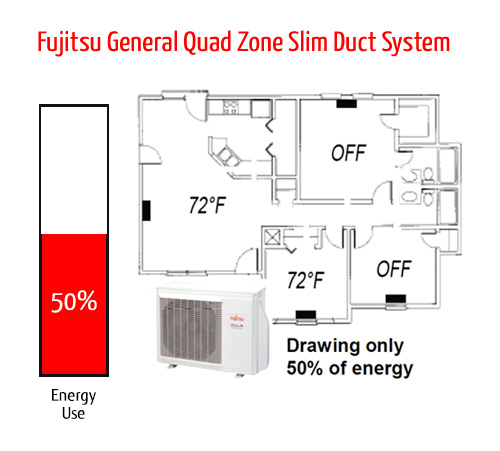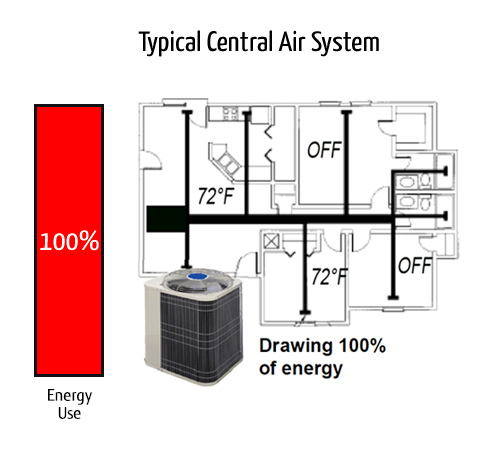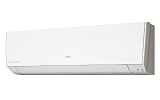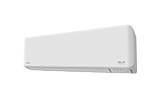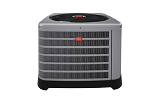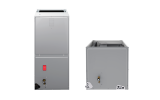What is a Mini-Split?
How does it work?
Mini-splits are heating and cooling systems that allow you to control the temperatures in individual rooms or spaces.
Mini-split systems have two main components -- an outdoor compressor/condenser and an indoor air-handling unit(s) (evaporator). They are easy to install usually requiring only a three-inch hole through a wall for the conduit; which houses the power and communication cables, copper tubing, and a condensation drain line, linking the outdoor and indoor units.
Mini-split heat pumps are not only great solutions for whole home or new constructions but make good retrofit add-ons to houses with “non-ducted” heating systems, such as hydronic (hot water heat), radiant panels, and space heaters (wood, kerosene, propane). They can also be a good choice for room additions where extending or installing distribution ductwork is not feasible, and energy efficient new homes that require only a small space conditioning system.
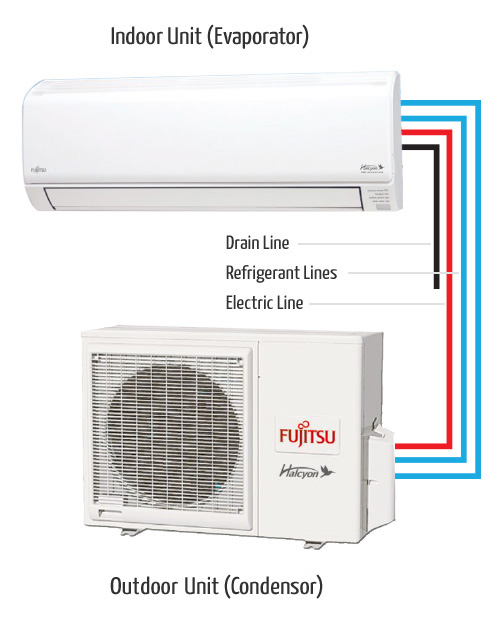
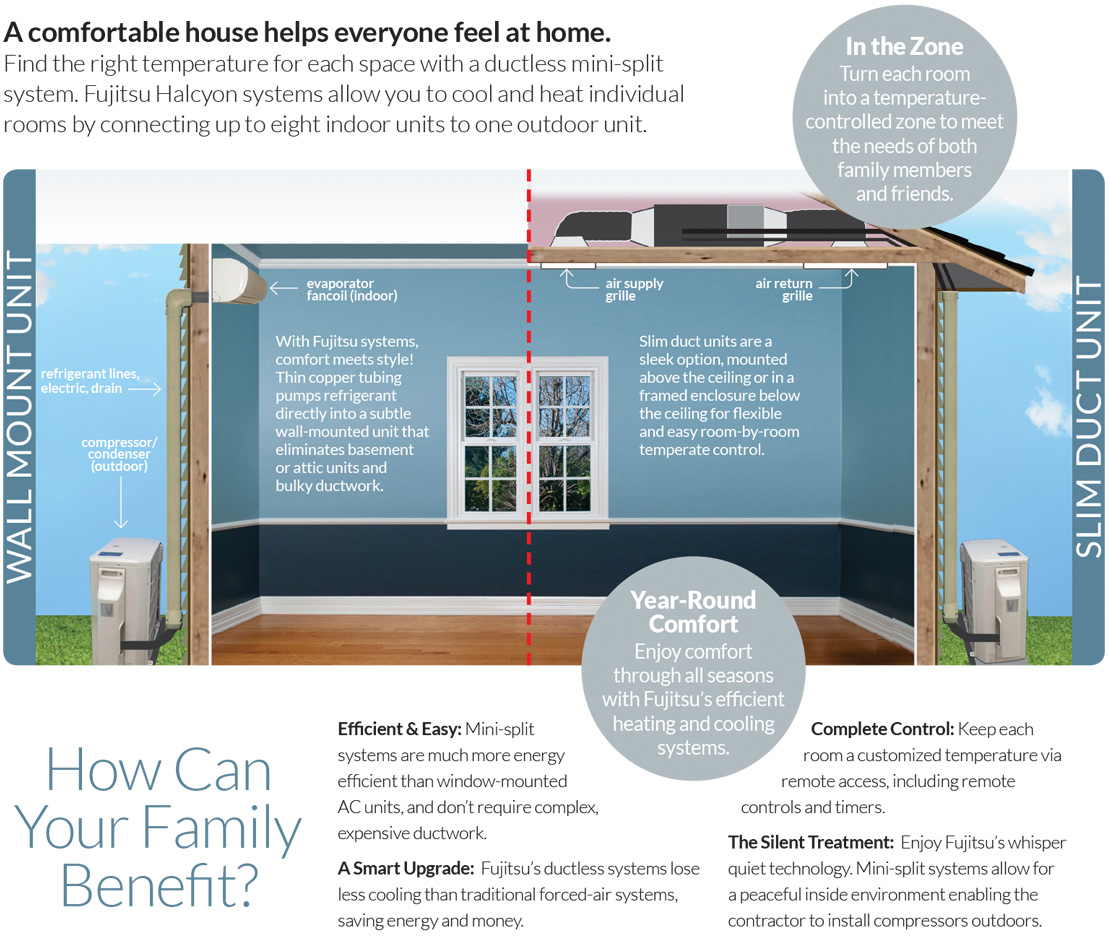
Mini-Splits vs. Central Air
Mini-split systems have little-to-no ducts, so they avoid the energy losses associated with the ductwork of central forced air systems. Duct losses can account for more than 30% of energy consumption for space conditioning, especially if the ducts are in an unconditioned space such as an attic or basement.
Central air systems require expensive and intrusive ductwork. Any homeowner who has priced out having central air installed understands how prohibitively expensive it is.
